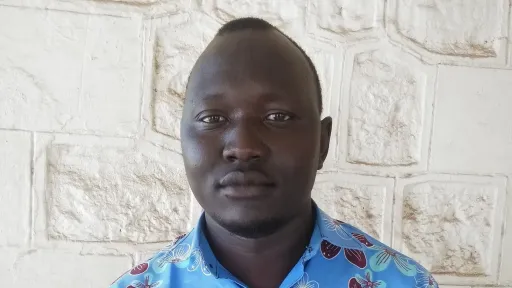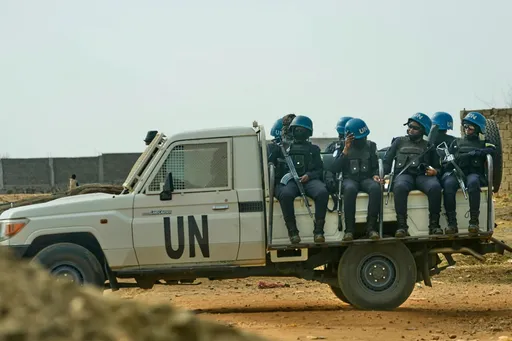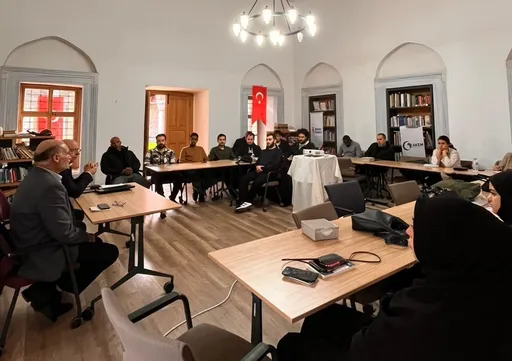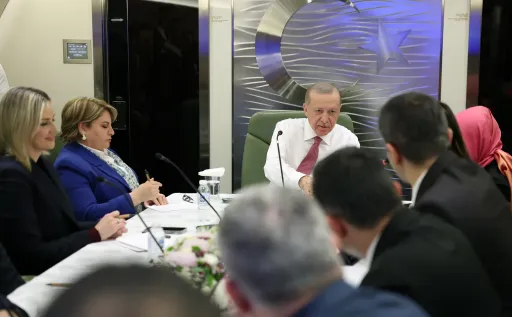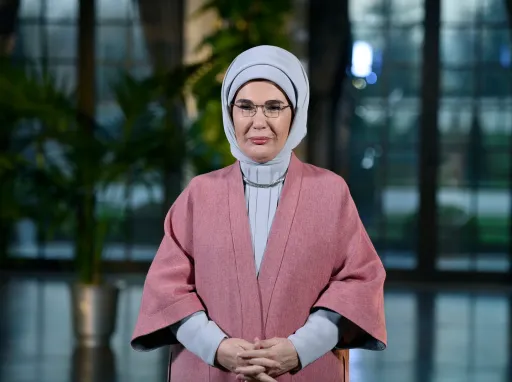More than three weeks after Libya's deadly flood disaster, the divided country's two rival administrations remain bitterly at odds on how to manage the massive aid and reconstruction effort.
The aftermath of the disaster on September 10-11 has seen the rival camps in the east and west of the war-scarred country both announce their own plans for a reconstruction conference.
The United Nations, Western governments and international observers warn that Libya's dysfunctional politics are hampering efforts to help the tens of thousands of displaced survivors rebuild their lives.
The UN mission chief in Libya, Abdoulaye Bathily, stressed on Monday that the competing efforts "are counterproductive, deepen the existing divisions in the country (and) impede reconstruction efforts."
Calls for unified Libya
The United States, Britain, France, Germany and Italy backed his call for "a unified Libyan national mechanism" coordinated with international partners "to deliver transparent and accountable relief."
Claudia Gazzini of think-tank the International Crisis Group warned that Libya's two rival administrations might "use this crisis in opportunistic ways", including by possibly diverting funds.
"There are already signs of turf wars (and corresponding disinformation campaigns) between the rivals over who should take charge of reconstruction efforts," she warned.
The humanitarian needs are enormous in the devastated eastern city of Derna, where a huge flash flood broke through two upstream dams and swept entire neighbourhoods into the Mediterranean, leaving behind an apocalyptic wasteland.
More than 3,800 people dead
Local authorities have declared a death toll of 3,845, but have yet to release an official figure of how many people remain missing – a number international aid groups put at around 10,000 in the first days after the disaster.
The scale of the destruction was blamed on the sheer volume of the rains brought by hurricane-strength Storm Daniel, and on the impact Libya's years of chaos have had on critical infrastructure, early-warning systems and emergency response.
The oil-rich North African nation has been in turmoil ever since a 2011 NATO-backed popular uprising led to the overthrow and killing of longtime leader Muammar Gaddafi.
Years of fighting followed involving myriad tribal militia.
Libya now remains split between two former battlefield enemies: a UN-backed government based in the capital Tripoli in the west, and the disaster-hit east, backed by military leader Khalifa Haftar.
Russia ties
Haftar is close to Russia and its Wagner mercenary group and to the oil-rich United Arab Emirates, which led the early disaster relief effort.
After the flood, the eastern government was quick to invite the "international community" for a donor conference scheduled for October 10, an announcement met with scepticism abroad.
It has since postponed the meeting until November 1.
Eastern officials have also distributed cheques for aid and compensation to mayors of flood-hit municipalities, an effort documented in photos published online.
The Libyan parliament, based in the major eastern city of Benghazi, meanwhile announced it had allocated 1.9 billion euros for reconstruction, without specifying how it would be spent.
Illustrating the institutional chaos, it was Libya's western-based government that announced around 18 million euros in aid for flood-damaged schools in the east.










